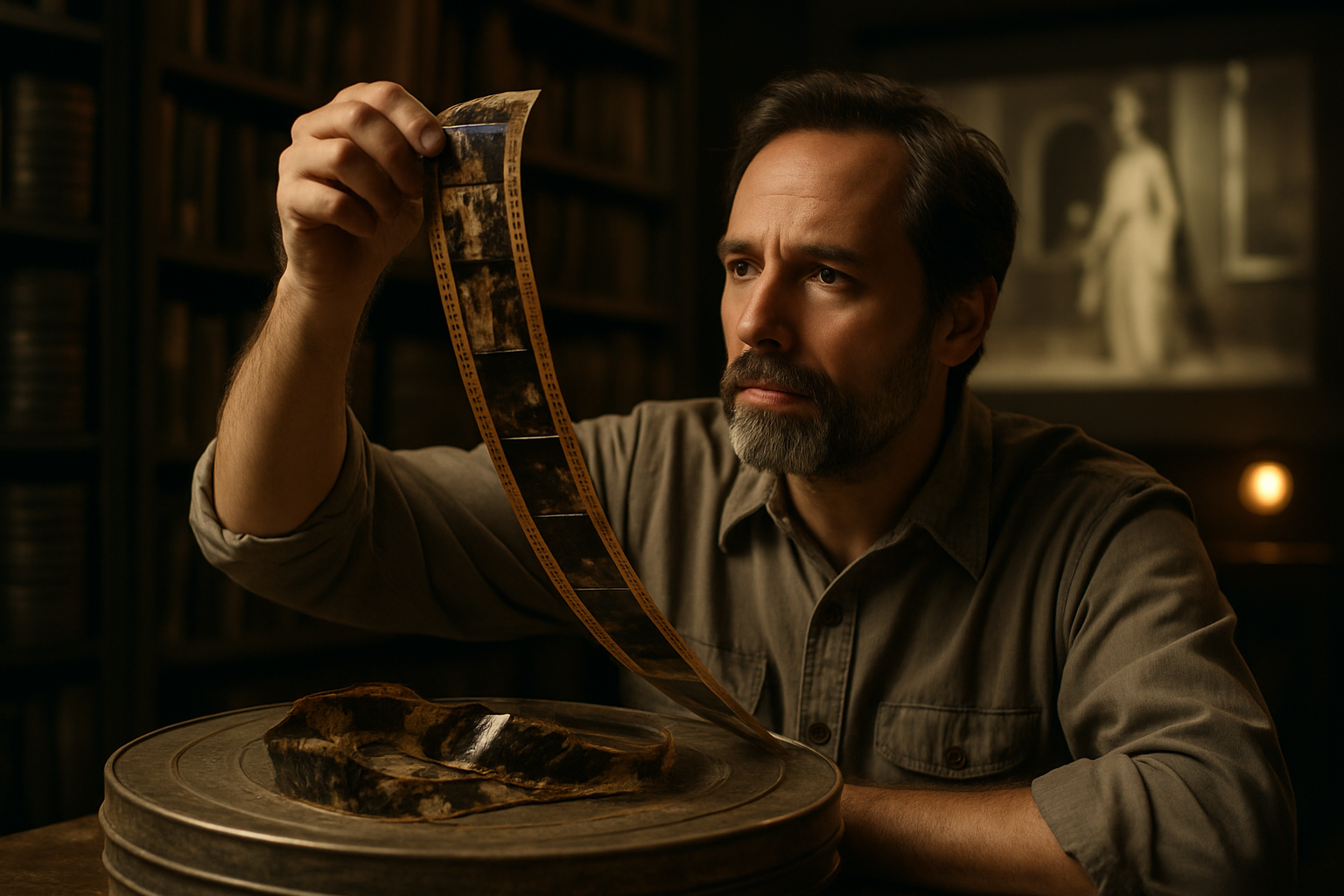Understanding Provenance: Tracing the History of Collectibles
Provenance connects objects to people, places, and events, helping collectors, curators, and families understand where items come from and why they matter. This article outlines practical steps to research provenance and explains how documentation, authentication, and care influence the history and value of vintage collectibles.

Understanding the origins and chain of ownership of an object is central to responsible collecting. Provenance describes the documented history of a piece — who made it, who owned it, and how it moved over time. For vintage items, heirlooms, furniture, ceramics, and textiles, provenance contributes to authentication, valuation, and conservation decisions. Tracing provenance can involve archival research, physical inspection of patina and materials, and consulting experts in appraisal and curation to build a reliable narrative around an object.
What is provenance and why does it matter?
Provenance is the documented record that links an item to its past. For collectibles, a clear provenance can confirm authenticity, reveal cultural context, and show how an item was used or displayed. Heirloom objects with strong provenance often carry historical significance beyond monetary value: they may connect families to events or makers. Provenance research can uncover previous restorations, ownership gaps, or legal issues, so it is a foundational step for responsible ownership and institutional curation.
How is authentication performed?
Authentication combines physical examination with documentary evidence. Specialists inspect materials, joinery, maker’s marks, and patina to identify period-appropriate techniques for furniture, ceramics, and textiles. Scientific methods such as pigment analysis, dendrochronology, or fiber testing can support visual findings. Authentication often relies on comparative study of known examples and consultation with trusted appraisers or museum professionals. Clear records and provenance chains strengthen authentication and help separate original work from later copies or forgeries.
What role does appraisal play in provenance and valuation?
Appraisal is the process of estimating an item’s market or insurance value, taking provenance into account. A documented provenance can increase confidence in a valuation by supporting claims of authenticity and rarity. Appraisers consider condition, patina, historical importance, and demand for similar vintage collectibles in the marketplace. Regular appraisals are useful for estate planning, insurance, and conservation budgeting, and they often reference documented ownership and any known exhibition or publication history.
How can restoration and conservation affect an object’s history?
Restoration and conservation have distinct aims but both influence an item’s provenance narrative. Conservation focuses on stabilizing materials and preserving original evidence; restoration may involve aesthetic or structural repairs that change an object’s appearance. Professional records of restoration work become part of the provenance, documenting interventions and materials used. Thoughtful restoration can extend an item’s life and legibility, but inappropriate treatments can reduce historical integrity and complicate future authentication and valuation.
What practices support preservation for furniture, ceramics, and textiles?
Effective preservation balances environmental control and handling protocols. For furniture, monitor humidity and avoid direct sunlight to protect finishes and joints; for ceramics, ensure stable shelving and protective padding; for textiles, control light exposure, pest risks, and handling. Keep documentation, photos, and condition reports with the object’s provenance file. When needed, consult local services for conservation assessments, climate-controlled storage, or archival-quality storage materials to limit deterioration while maintaining documentation for future study.
How does curation and documentation strengthen provenance?
Curation involves organizing, interpreting, and displaying objects while maintaining records that support provenance. Documentation — receipts, correspondence, exhibition labels, photos, and publications — forms the backbone of provenance research. Institutions and private collectors alike create accession records and catalogues that trace an object’s history. Good curation practices include cataloguing condition reports, preserving original packaging or labels, and recording any research findings to ensure future owners and professionals can follow the object’s documented journey.
Conclusion
Tracing provenance is a methodical process that combines physical examination, documentary research, and expert input. For collectors of vintage items, understanding provenance informs authentication, appraisal, restoration choices, and preservation strategies. Clear, well-maintained records not only support valuation and conservation but also preserve the stories that make collectibles meaningful across generations.






